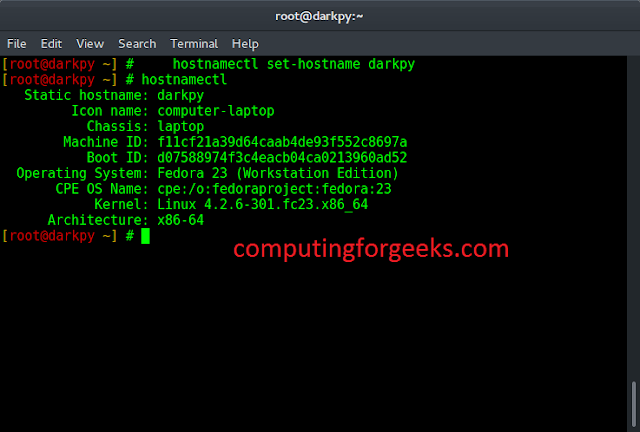In this article we will see how we can get the window opacity property of the QScrollBar. QScrollBar is a control that enables the user to access parts of a document that is larger than the widget used to display it. Slider is the scroll-able object inside the bar. This property holds the level of opacity for the window. The valid range of opacity is from 1.0 (completely opaque) to 0.0 (completely transparent). It can be set with the help of setWindowOpacity method.
In order to do this we will use windowOpacity method with the scroll bar object.
Syntax : scroll.windowOpacity()
Argument : It takes no argument
Return : It returns float value
Below is the implementation
Python3
# importing librariesfrom PyQt5.QtWidgets import *from PyQt5 import QtCore, QtGuifrom PyQt5.QtGui import *from PyQt5.QtCore import *import sysclass Window(QMainWindow): def __init__(self): super().__init__() # setting title self.setWindowTitle("Python ") # setting geometry self.setGeometry(100, 100, 500, 400) # calling method self.UiComponents() # showing all the widgets self.show() # method for components def UiComponents(self): scroll = QScrollBar(self) # setting geometry of the scroll bar scroll.setGeometry(100, 50, 30, 200) # making its background color to green scroll.setStyleSheet("background : lightgrey;") # setting window opacity property scroll.setWindowOpacity(1.0) # creating a label label = QLabel("neveropen", self) # setting geometry to the label label.setGeometry(200, 100, 300, 80) # making label multi line label.setWordWrap(True) # getting value changed signal scroll.valueChanged.connect(lambda: do_action()) # method called when signal is emitted def do_action(): # setting text to the label label.setText("Current Value : " + str(scroll.value())) # getting window opacity property value = scroll.windowOpacity() # setting text to the label label.setText("Window Opacity Property : " + str(value))# create pyqt5 appApp = QApplication(sys.argv)# create the instance of our Windowwindow = Window()# start the appsys.exit(App.exec()) |
Output :





